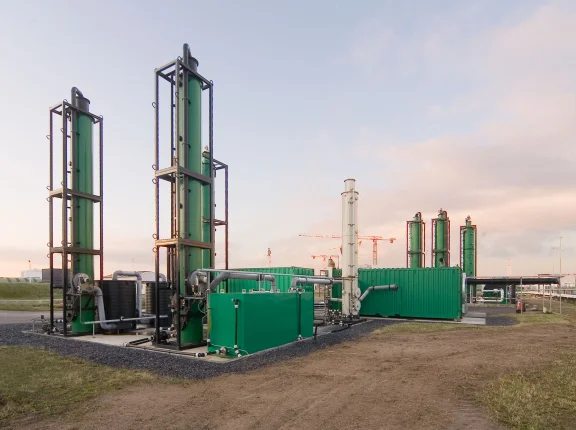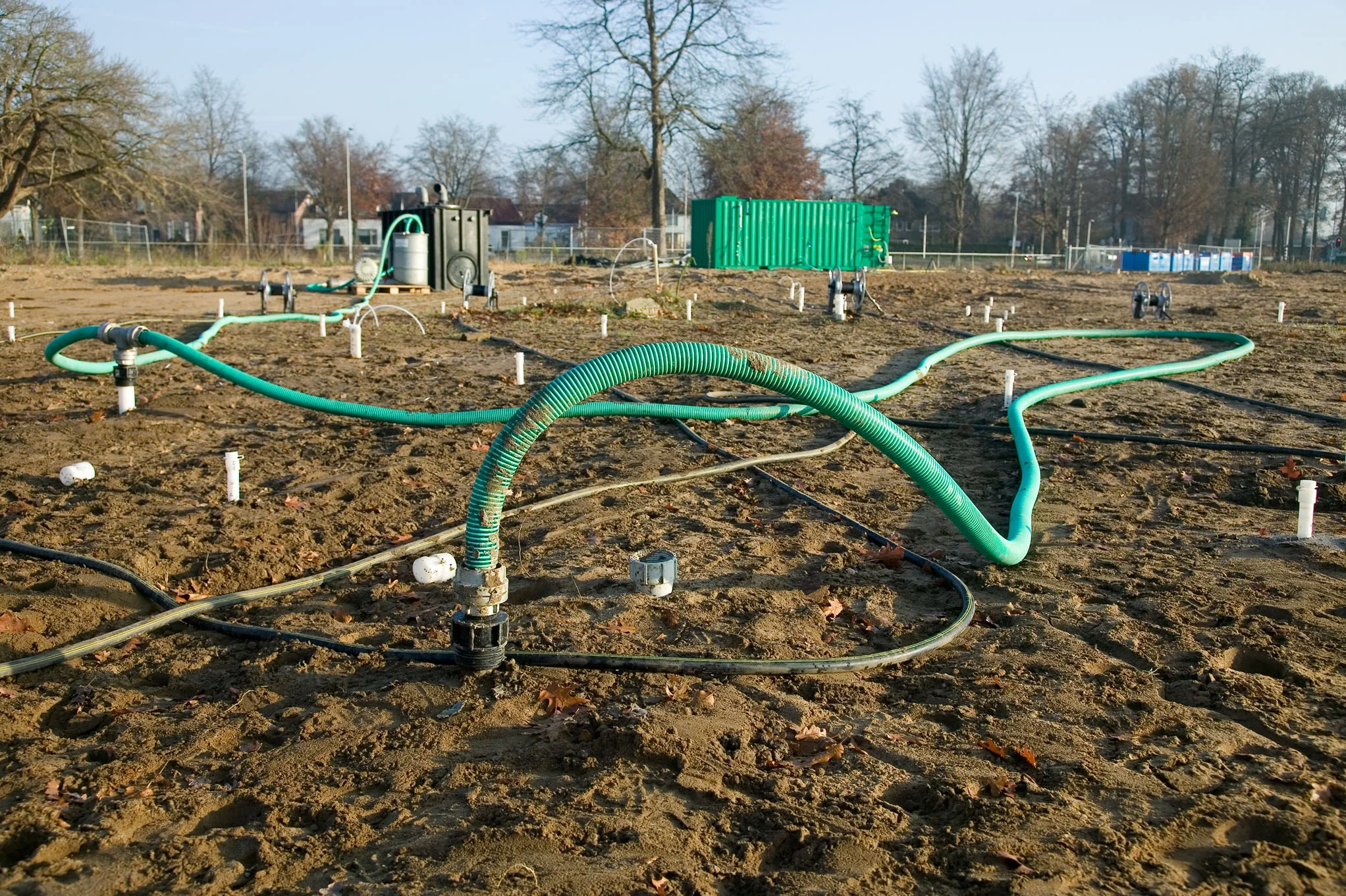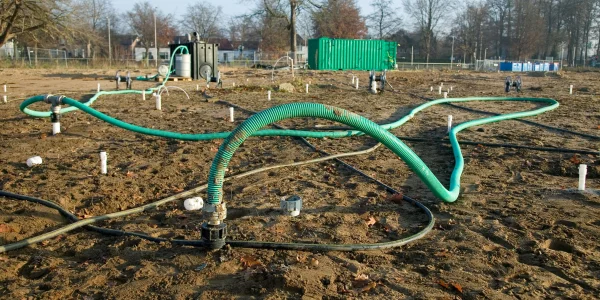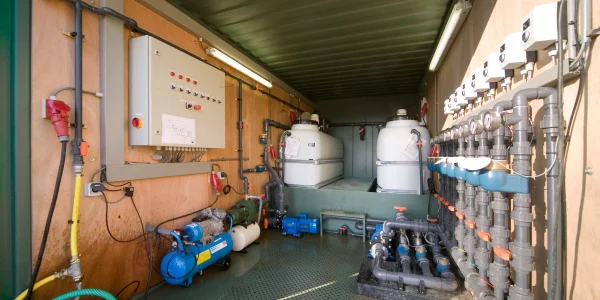Soil remediation
Extractive in-situ remediation techniques
Extractive in situ remediation techniques have been part of our portfolio for decades. These techniques still offer excellent returns in many applications. For example, in complex drift layer remediations and in situations where contaminants are present in groundwater.
Sections

Benefits of extractive technology
An extractive technology mobilizes contaminants in the soil so that they can be treated above ground. From drift oil layers to contaminated groundwater: an extractive method can be effective in cleaning a wide range of contaminants. In addition, it is non-destructive, preserves the original soil structure and prevents transport of contaminated soil.

For every remediation phase
HMVT provides you with a total concept. We make the design and carry out the execution and monitoring of the remediation.
We use the following technologies - depending on the type of contamination:
- Soil air extraction: extracting contaminated vapors from the soil and subsequently treating them above ground.
- Compressed air injection: This technique involves injecting air into the soil to strip contaminants and then extracting and treating them above ground.
- Groundwater extractions: various forms of drainage (deepwell, vacuum and gravity) and multi-phase extraction where we pump up groundwater and treat it above ground.
- Multi-phase extraction (MPE): by applying a high under pressure at the groundwater/soil air interface, pure product, groundwater and air are extracted. This allows drift layers to be removed effectively.
Integrated Remediation Strategies
A combined approach is often the key to success in complex contamination situations. That’s why we regularly integrate extraction techniques with chemical (e.g., ISCO), thermal, and biological remediation methods to create an effective remediation strategy.
Our Expertise
Our many years of experience and technical expertise ensure the highest quality and effectiveness in remediation projects. HMVT stands for a thorough approach, from the initial design to implementation and long-term management of remediation projects.


